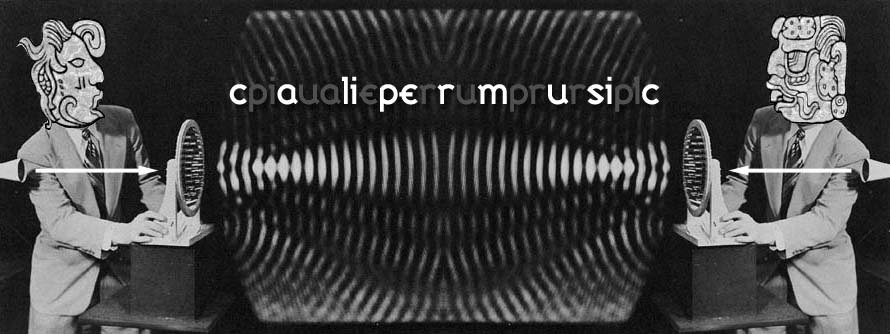
A lot of attention has been heaped this year on young basement DJs and hip-hop prodigies who have successfully leveraged the newest tech toys and viral word-of-mouth to their full advantage. While those artists’ skills are of course impressive, sometimes it’s just more interesting to hear from a producer whose inspiration comes from somewhere slightly deeper than a swimming pool of “#firstworldproblems.” Enter 22-year-old Serbian producer Luka Papic, a.k.a. mangulicaFM, who grew up in
You can see history’s influence on the album cover (a counterculture nod to the Bulgarian flag) and the song titles (“Crnjanski” presumably honors the social-political poet/diplomat of the same name). More importantly, you hear it in the tracks, which build upon Serbian samples and folk themes (song 2, “Hromi Daba,” is the name of a Slavic deity), then layer on dark synths, a smattering of vocals, and chopped up dub reggae-like beats.
Regardless of how much (or how little) you care about mangulicaFM’s roots, “Third Eye” is an aural treat for any experimental beat junkie. It’s like something Burial or DJ/rupture might make if they had grown up in the woods vs. endlessly rainy cities, and had shorter attention spans (all the songs are under three minutes long). “Naputuholesterola” (don’t ask how it’s pronounced) may be the most accessible: this closer is a serious head-bobber that could easily fit into a Forest Swords mixtape or Flying Lotus DJ set.
mangulicaFM, who cites Tom Waits, RZA and Monolake as key influences, recently moved to
--Elaine Ordiz


